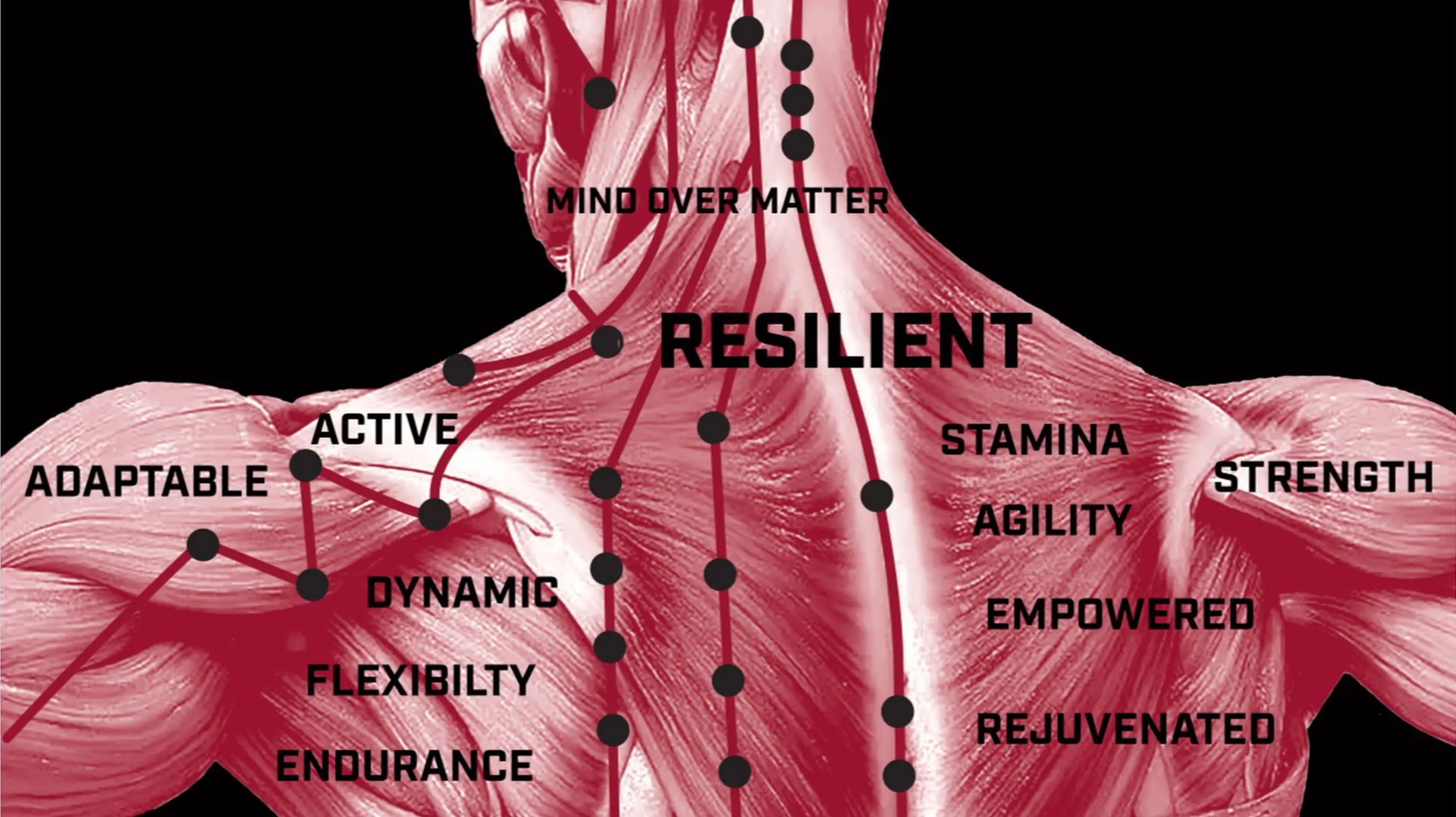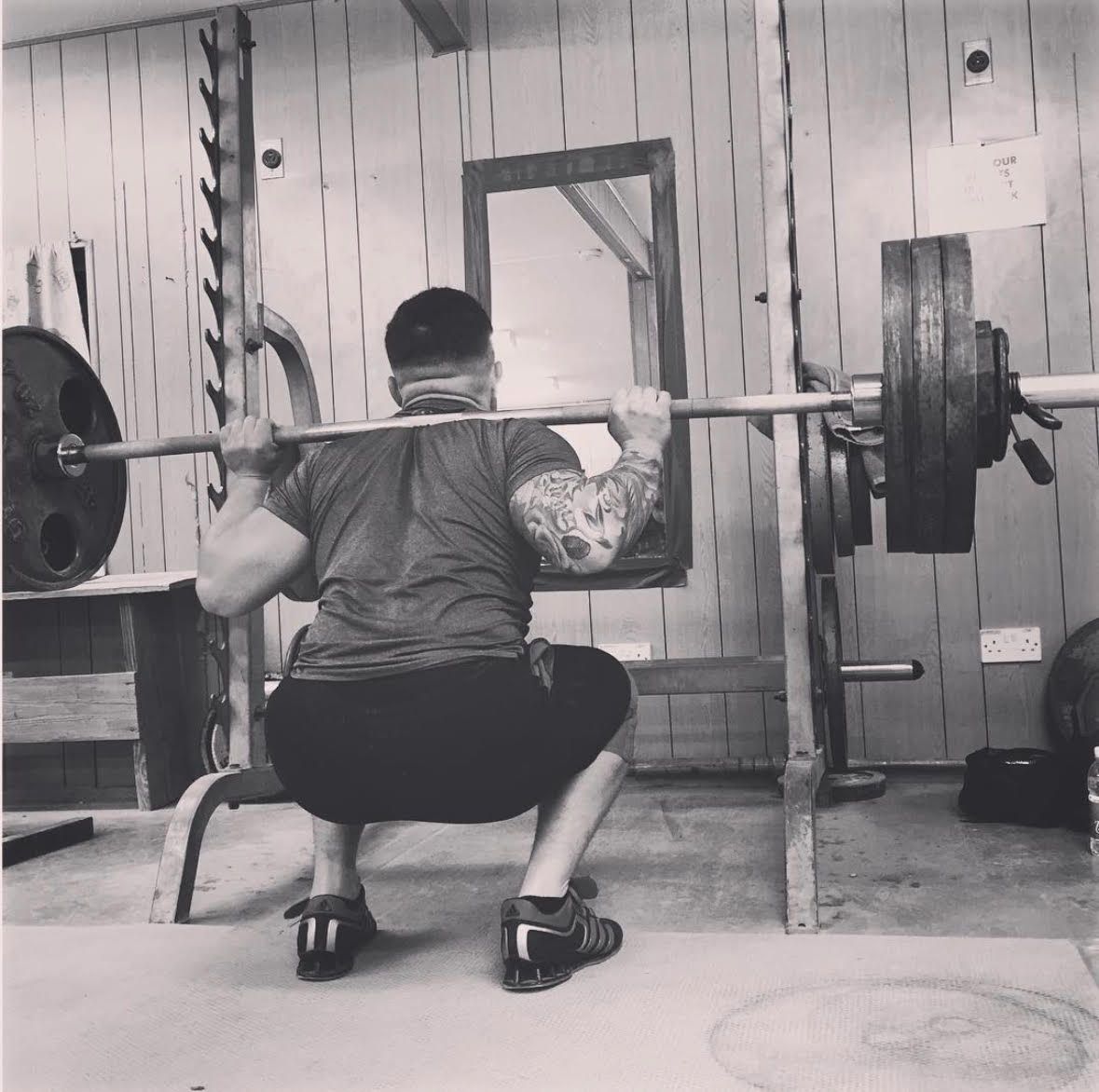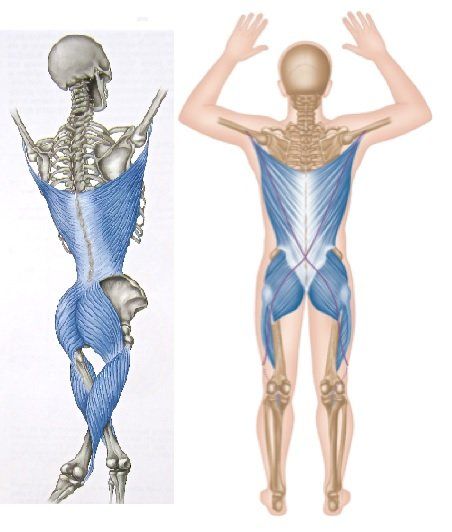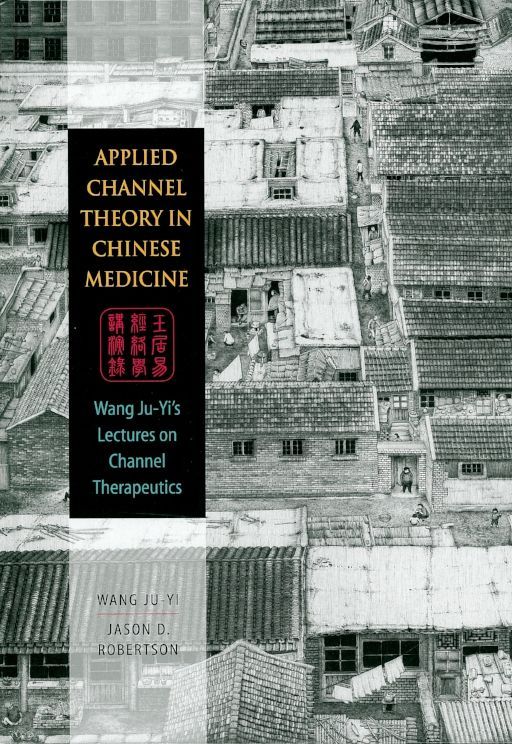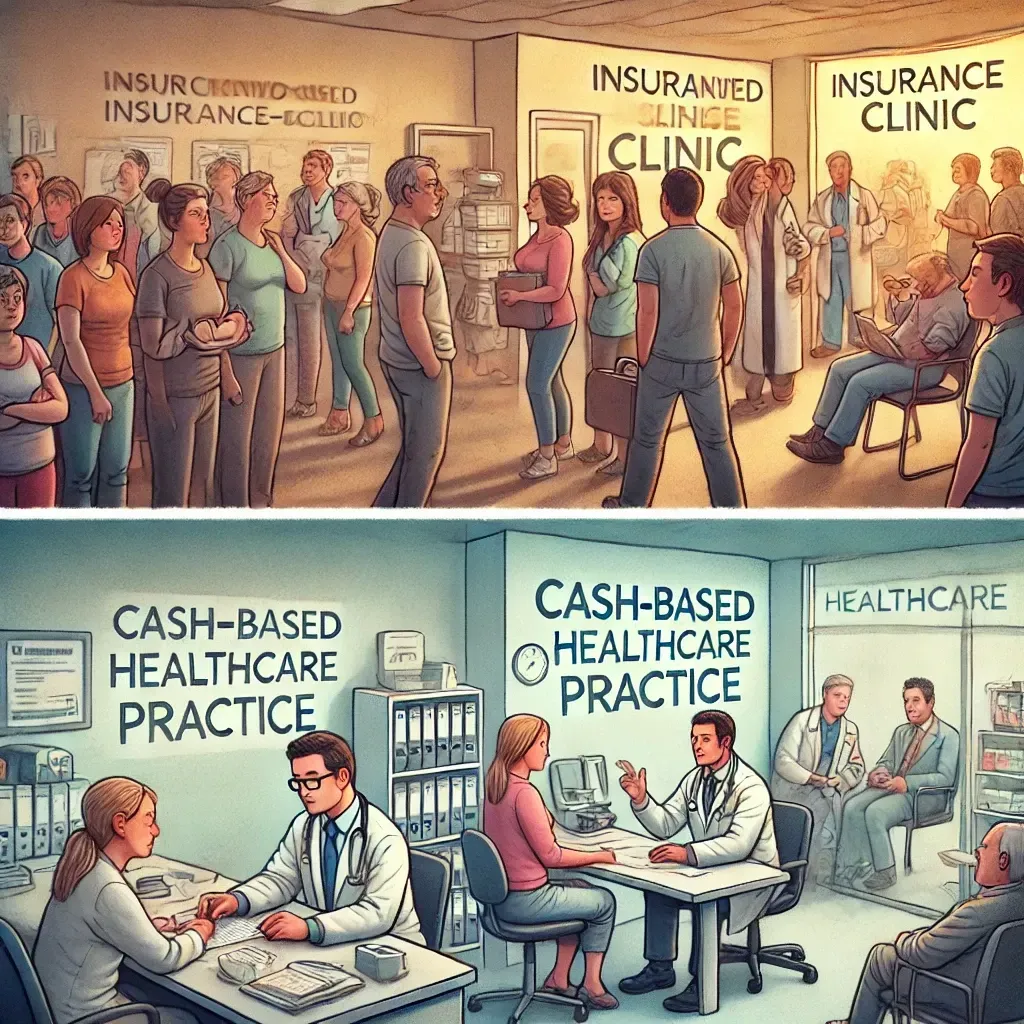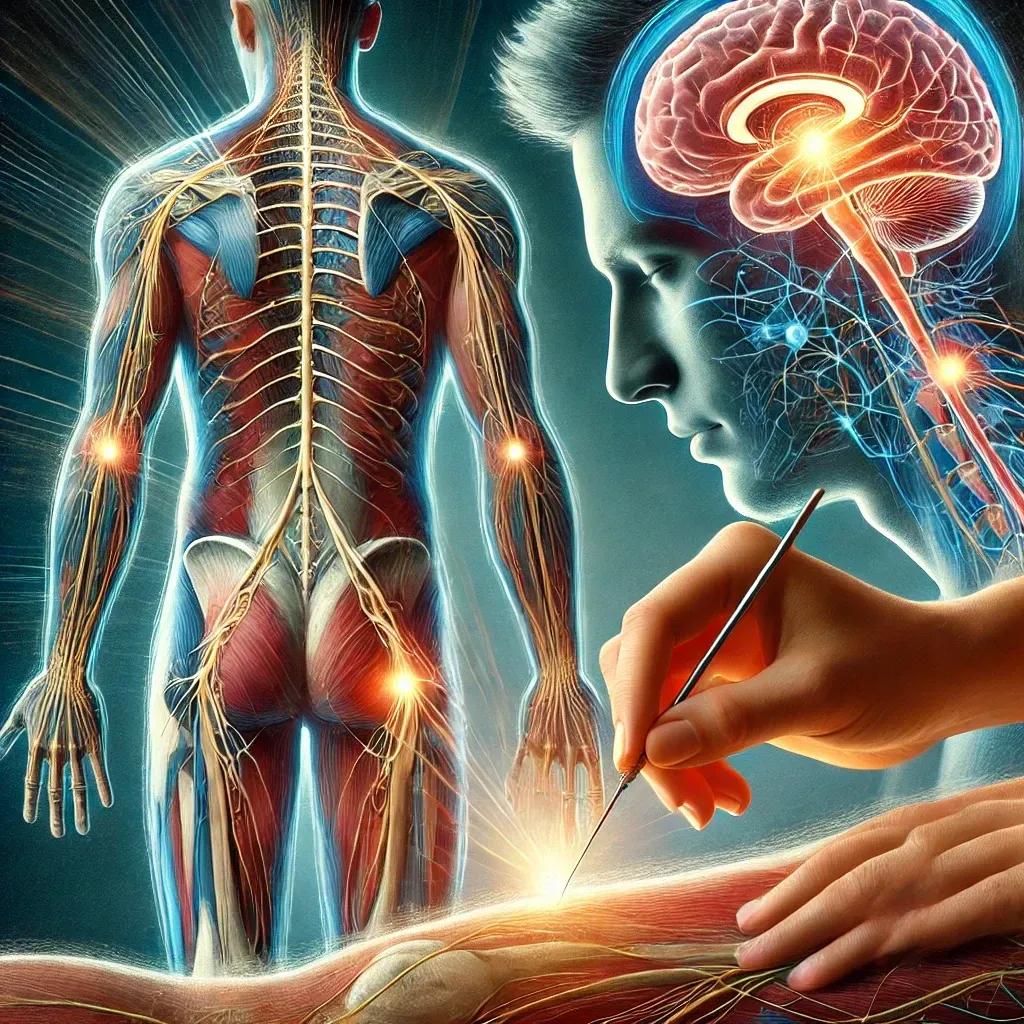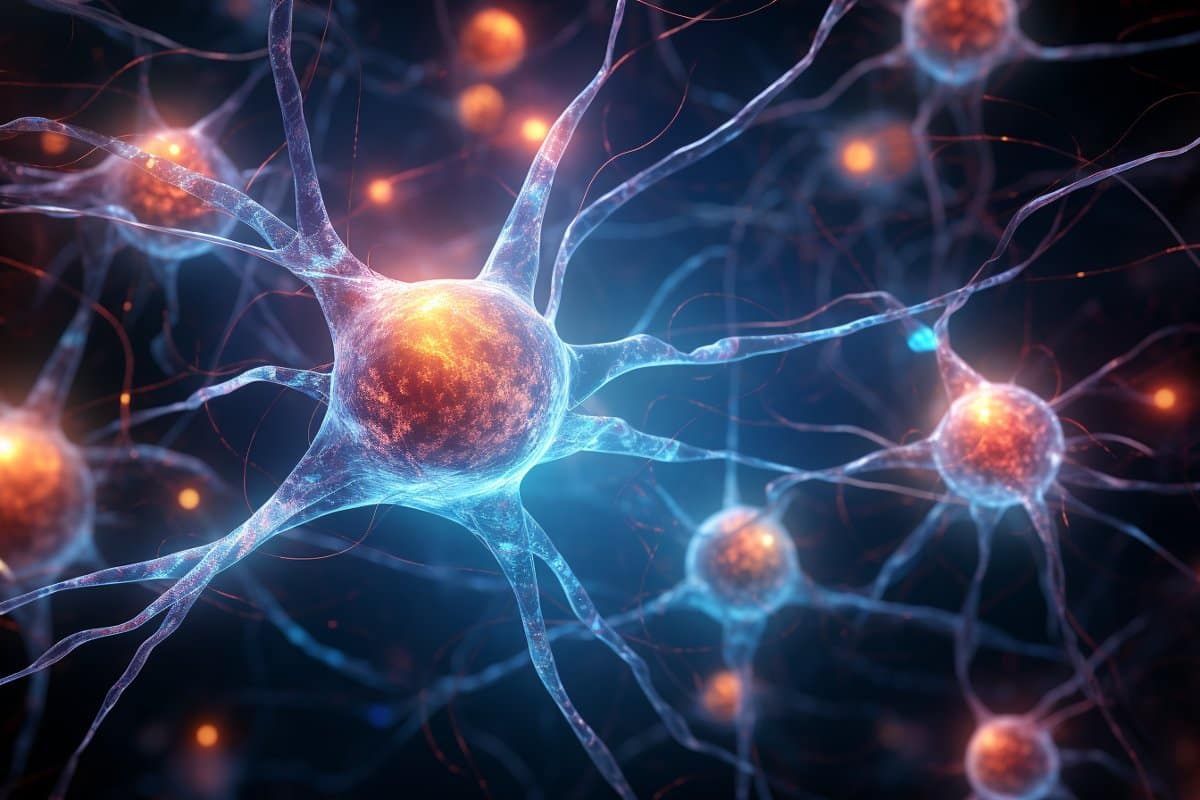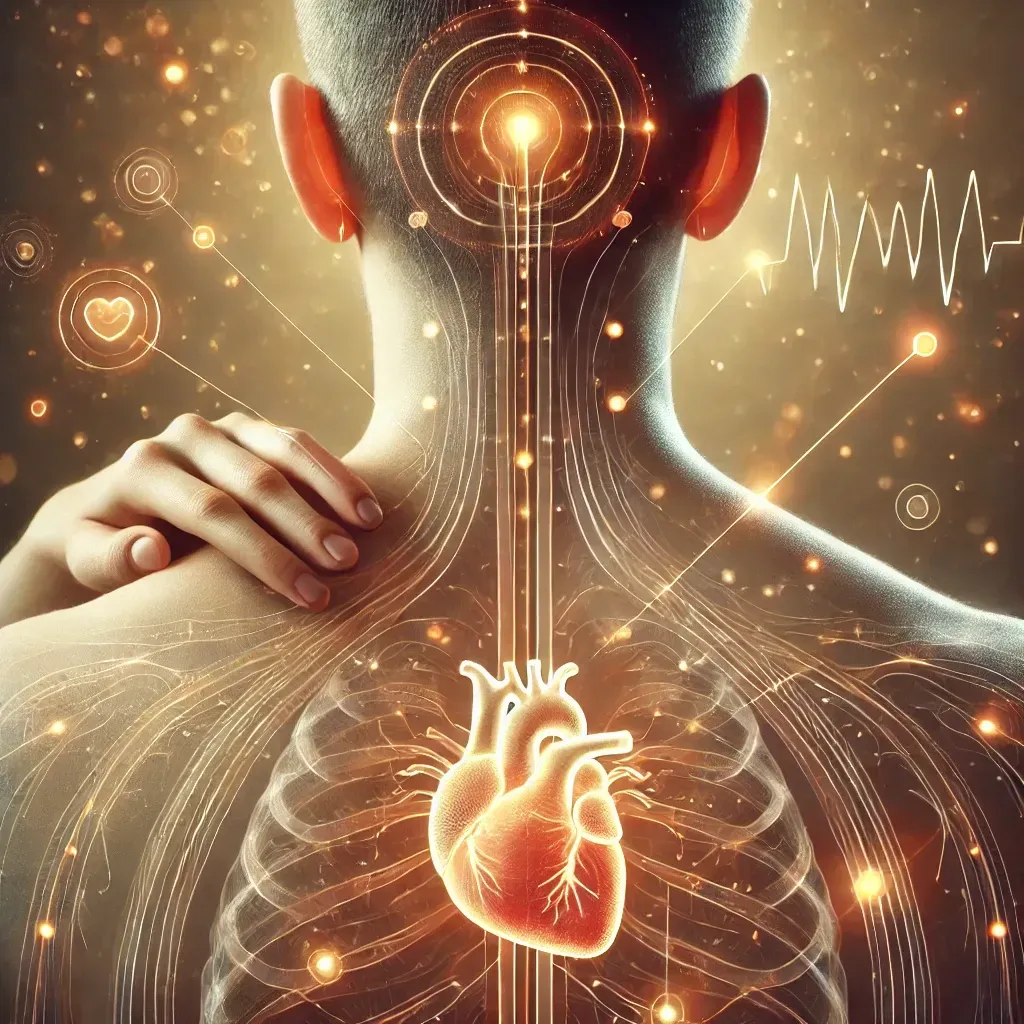Introduction
At Naperville's Resilient Acupuncture + Mobility, we are dedicated to merging advanced therapeutic technologies with traditional healing methods. We employ innovative tools such as the Hyperice HyperVolt 2, a fascial tissue percussion gun. Combined with acupuncture, the HyperVolt 2 can be used as a screening tool to find trigger points and provides aftercare for acupuncture, as the percussion on the skin triggers mechanoreceptors that release biochemical markers that aid with recovery and healing via proprioception.
Understanding Proprioception and Low Back Pain in the Elderly
Proprioception, the body's ability to perceive its position and movement, is crucial for maintaining balance and preventing falls, especially in the elderly. Often, impaired proprioception is a significant contributor to geriatric low back pain, leading to increased risks of injury and reduced quality of life. Addressing these proprioceptive deficits is a fundamental aspect of our treatment strategy.
The Role of Proprioception in Postural Control and Pain Management
Proprioception plays a vital role in ensuring accurate movement and postural control. It relies on signals from proprioceptors in the skin, muscles, tendons, and joints. The muscle spindle, a key proprioceptor, becomes active during muscle contraction, transmitting essential proprioceptive information to the brain. This mechanism is critical for motor control and integral to managing chronic musculoskeletal pain.
Impact of Diminished Proprioception in Elderly with LBP
In the elderly, reduced proprioceptive ability, often exacerbated by sarcopenia (age-related muscle loss), significantly strains the lumbar spine. This strain contributes to the decreased postural balance control in older patients with LBP. Therefore, accurate assessment and treatment of proprioceptive function are vital in effectively managing LBP in this demographic.
Hyperice Fascial Gun: A Tool for Enhancing Proprioception
The HyperVolt 2 is a critical component of our treatment regimen. It provides targeted vibrational therapy that stimulates proprioceptors in the lumbar region, thereby enhancing proprioceptive feedback and aiding in managing LBP. This approach aligns with research findings (Sakai et. al, 2022), highlighting the significance of proprioceptive training in treating locomotor diseases.
Clinical Application and Patient Outcomes
Our clinical experience has significantly improved proprioception and LBP relief in elderly patients using HyperVolt 2. Combined with acupuncture and fascial work, this technology offers a holistic treatment approach, addressing proprioceptive deficits and the associated pain.
Conclusion: A Forward-Thinking Approach to Geriatric LBP Treatment
At Resilient Acupuncture & Mobility, we are committed to pioneering effective treatments for geriatric low back pain. Our focus on enhancing proprioception aims to improve balance, alleviate pain, and ultimately enhance the quality of life for our elderly patients
References
Sakai, Y., Watanabe, T., Wakao, N., Matsui, H., Osada, N., Sugiura, T., Morita, Y., Kawai, K., Ito, T., & Yamazaki, K. (2022). Proprioception and Geriatric Low Back Pain. Spine surgery and related research, 6(5), 422–432. https://doi.org/10.22603/ssrr.2021-0269
HyperVolt 2
Mechanoreceptors Stimulation
- Muscle Spindles: Sensitive to changes in muscle length and rate of length change, muscle spindles contribute to proprioception and kinesthesia (sense of movement).
- Golgi Tendon Organs: Located at the junctions of muscles and tendons, these receptors respond to tension in the muscle, providing feedback for regulating muscle force.
- Pacinian Corpuscles: Sensitive to rapid vibrations and pressure, they respond to the vibrational therapy provided by tools like the HyperVolt 2.
- Ruffini Endings: Respond to skin stretch and joint movements, contributing to limb and body position perception.
Biochemical Markers Activated :
- Endorphins: These are natural painkillers produced by the body in response to stress and pain. Mechanical stimulation from devices like fascial guns can increase endorphins' release, providing pain relief.
- Cytokines: Mechanical stimulation can influence the levels of certain cytokines, which are signaling proteins involved in modulating inflammation and immune responses. This can help in reducing inflammation and promoting tissue healing.
- Nitric Oxide: This is a vasodilator that helps improve blood flow. Mechanical pressure can stimulate its release, thus enhancing circulation to the treated areas.
- Growth Factors: Mechanical stimulation can also influence the release of growth factors essential for tissue repair and regeneration.
Pain Modulation and Muscle Relaxation:
- Gate Control Theory of Pain: Mechanical stimulation can activate non-nociceptive (non-pain) fibers that interfere with transmitting pain signals to the brain, effectively modulating pain perception.
- Muscle Relaxation: Vibrational therapy can help in relaxing tense muscles, reducing muscle spasms, and improving flexibility.
